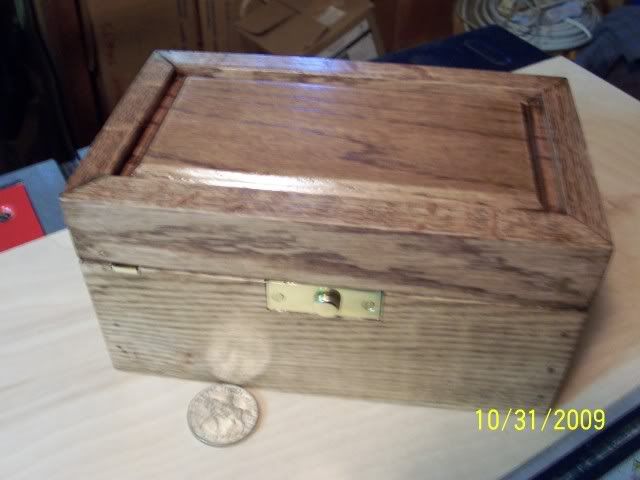Bill,
One minor point for those wanting to photo etch brass. Regular 360 brass, that is most frequently found, is not ideal for photo etching. It has a relatively high zinc content that does not produce the cleanest etch. Commercial photo etching companies use a brass known as "commercial brass", or 220 brass. It has a lower zinc content and is reddish in color. If you can find it in the size you need, I have found that it does produce a better result than 360 brass.
Warming up the ferric chloride solution to about 130F, and keeping it circulating speeds things up also, and reduces undercutting of small letters. Nice work!
Jeff







